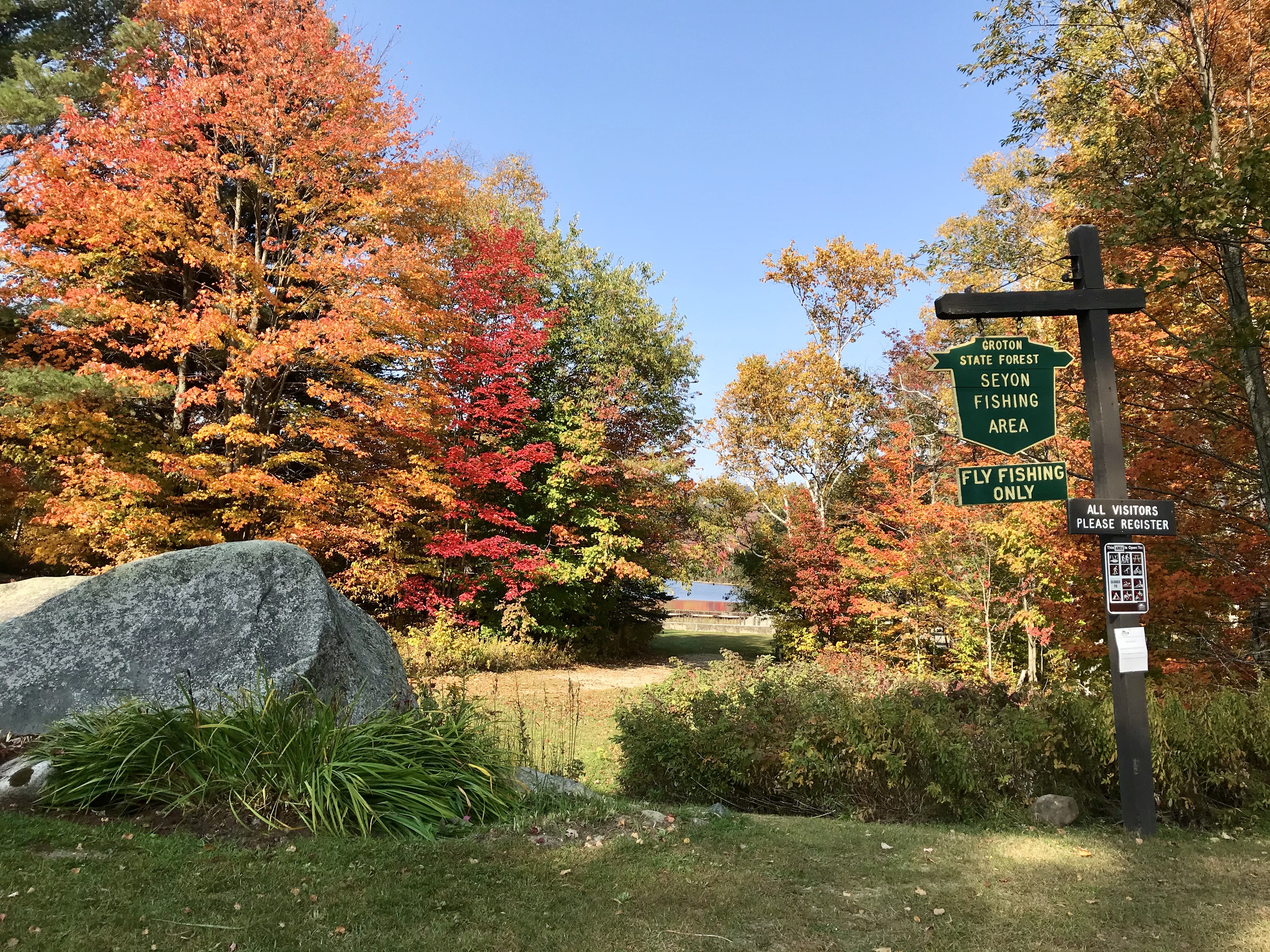
Vermont Foliage Report: October 13, 2020
Foliage Conditions
Two words describe Vermont’s foliage this week: Beauty endures. Even as peak conditions begin to subside in much of the state, spectators will surely be struck by just how much color is hanging on. Broad hillsides continue to display an excellent range of reds, golds, and even still some green, while fuller and more pronounced foliage is dominant in the foothills, sheltered hollows, and river valleys, and especially in western and southern Vermont and along the Taconic Mountains. Even individual trees with some bare branches continue to flaunt colorful cores.
Recreation Recommendations
Cyclists can appreciate the views while touring southern Vermont’s many back roads, and there’s no wrong destination for a hike this time of year, though two good bets are Mount Equinox and Dorset Mountain. And whether you want to enjoy a foliage walk on the trails or just sit quietly by the Japanese Garden, Taconic Mountains Ramble State Park is not to be missed, especially while it’s lit up by great foliage this week.
Take in the season from the water, too, as fall color from branches above is reflected along the lakeshores and riverbanks and fallen leaves float past on the surface. Fishing is an outstanding way to immerse yourself in the water and the colors of the season. The only thing that gives Vermont’s foliage hues a run for their money is a wild, native Vermont brook trout in full spawning brilliance. Brook trout spawn in October, and males develop intensely vivid hues of red, yellow, orange, and blue, all assembled on a perfect green palette. Explore a wild trout stream for a close-up look at the fish-version of Vermont’s stunning fall colors. Or try spending a day on the water paddling one of the state’s many small ponds, lakes, reservoirs or large river systems, and bring along your fishing rod—October is also one of the best months to catch bass, pike, pickerel, and panfish as water temperatures cool. Check out the Chittenden, Richville, or Somerset Reservoirs, the Otter Creek through the Brandon/Cornwall Swamp, the Lemon Fair River, Kent Pond, and Lake Rescue.
World’s Best Foliage
What makes Vermont’s foliage the best in the world? Many factors contribute to the stunning annual show, including variety, vibrancy, and vantage point. Vermont’s forests are dominated by a variety of deciduous trees, and it’s these hardwood species that change color and lose their leaves each year. Our forests also have the highest proportion of maple trees, which are the real show stealers of the season. Add to this variety of species the variety of topography across our landscape and the variety of weather conditions we experience, particularly the cool fall nights, warm autumn days, and ample moisture that contribute to exceptional foliage. The vibrancy of fall leaves is enhanced by the sweetness of our soils and the moisture patterns we receive. And finally, there’s no end to the vantage points that offer up stunning foliage views and equally striking backdrops, from our farms and forests to our scenic villages and mountain summits. Here, it’s about more than just seeing great foliage, it’s about experiencing it from a great diversity of vantage points, whether the road or the trail, the backcountry or a village green, or from our waters or our mountaintops. Although Vermonters say it in good fun, it’s also true: Foliage everywhere else is a race for second place.
Photo credit: Cheryl Simons
